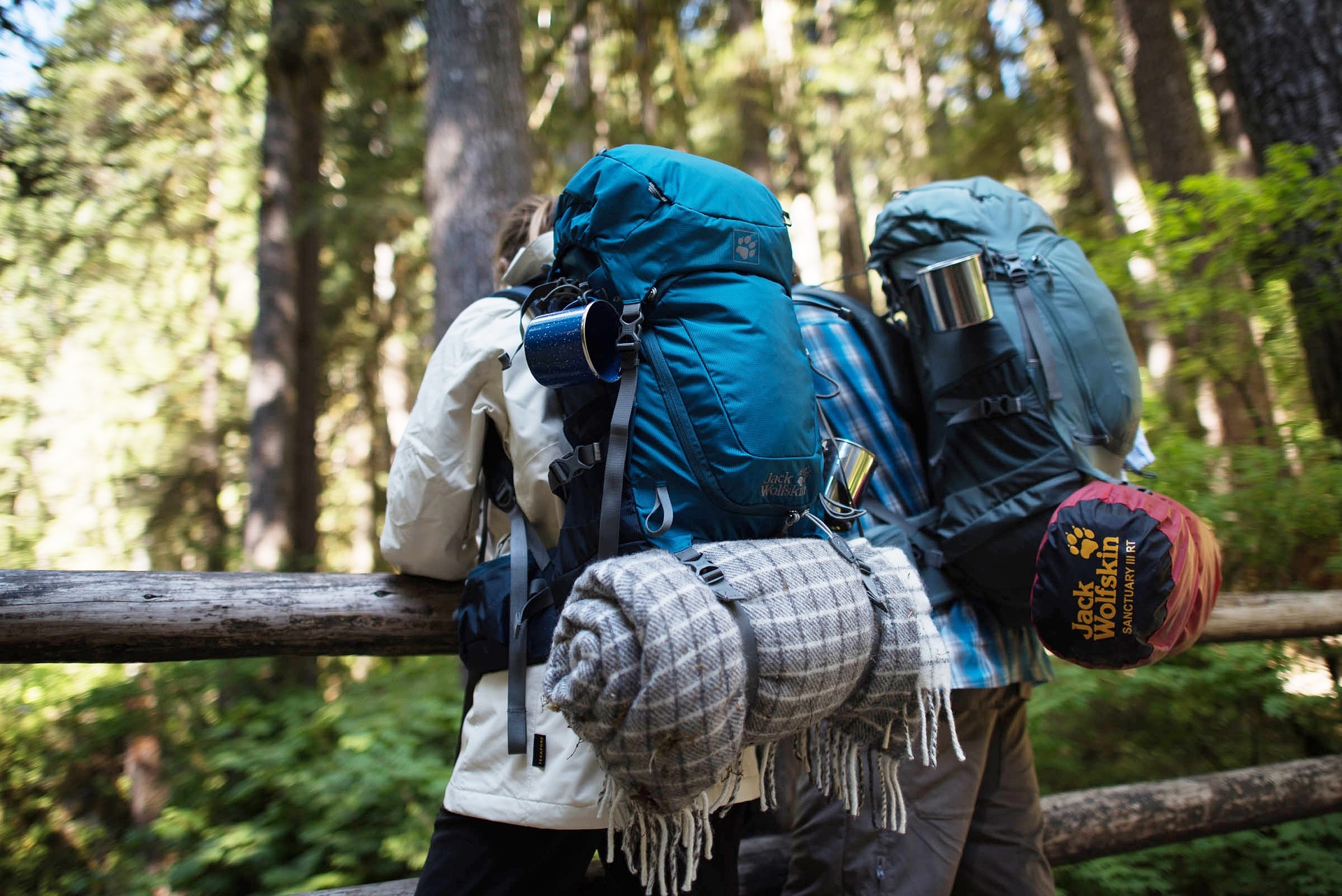The Intriguing Appeal of Dark Tourism: Exploring the World's Haunting Heritage
In our quest to unearth the less traversed aspects of the travel and transportation industry, we delve into the intriguing yet somber world of Dark Tourism. This growing trend involves visiting sites associated with death, tragedy, and the macabre, offering a unique perspective on our shared human history.
The Genesis of Dark Tourism
Dark tourism, despite its recent surge in popularity, has roots that stretch far back into history. From the Roman gladiator battles to public executions in medieval Europe, people have been drawn to the spectacle of death and suffering for centuries. In more recent times, visits to battlefields, concentration camps, genocide memorials, and disaster sites have become common. The term “dark tourism” itself was coined in the late 1990s by professors John Lennon and Malcolm Foley of Glasgow Caledonian University, who sought to describe and analyze this phenomenon.
The Modern Face of Dark Tourism
Today, dark tourism spans a broad spectrum, from visiting ancient catacombs to touring decommissioned prisons. It also includes exploration of disaster-stricken areas, such as Chernobyl and Fukushima, and sites of significant historical tragedies like Auschwitz and the Killing Fields of Cambodia.
Dark tourism is not merely about satisfying morbid curiosity. It offers visitors a chance to learn from the past, to understand the depths of human suffering, and to appreciate the resilience of the human spirit. For many, it serves as a poignant reminder of the darker chapters in our shared history, urging us to strive for a better future.
The Impact and Controversy Surrounding Dark Tourism
Despite its educational and reflective aspects, dark tourism is not without its critics. Detractors argue that it capitalizes on human suffering, turning tragedies into tourist attractions. There are also concerns about the potential disrespect to the victims and their families.
However, proponents argue that dark tourism can promote empathy, understanding, and awareness. They claim it can help to preserve the memory of past atrocities, ensuring that they are not forgotten or repeated.
Practical Considerations for Dark Tourists
Before embarking on a dark tourism adventure, travelers are advised to conduct thorough research about the site’s history and significance. It is important to approach these sites with respect and reverence for the lives lost or affected.
Key Tips for Dark Tourists
-
Conduct thorough research about the historical and cultural significance of the site.
-
Always approach these sites with the utmost respect.
-
Consider hiring a knowledgeable guide to provide context and insights.
-
Avoid taking disrespectful or inappropriate photographs.
-
Reflect on your experiences and their implications for our shared global history.
In conclusion, dark tourism represents a unique intersection of history, culture, and travel. It serves as a powerful reminder of our collective past, urging us to learn from our mistakes and strive for a better future. While it may be criticized for commodifying tragedy, its potential for education and reflection cannot be overlooked. As travelers, it’s crucial we approach these sites with the respect and gravitas they deserve, ensuring we leave with a deeper understanding of our shared human experience.





